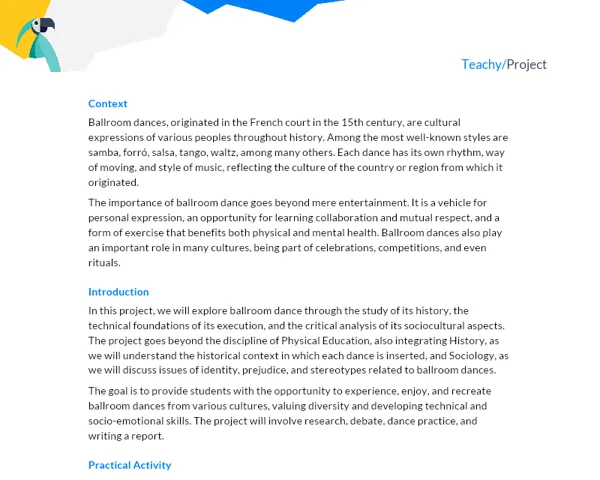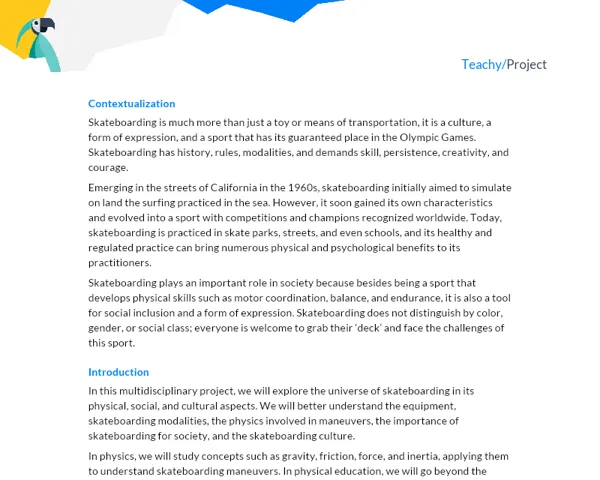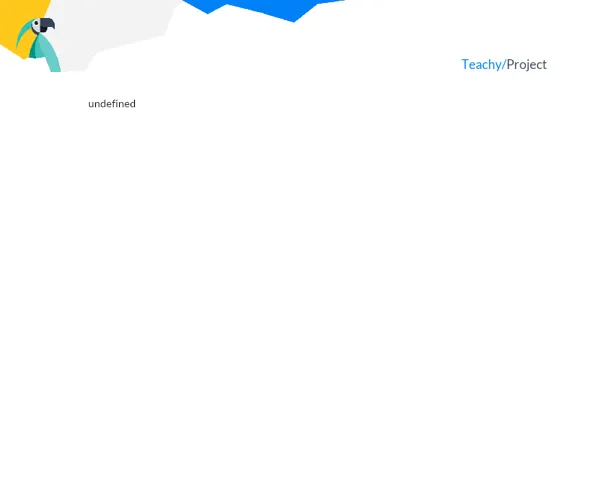Contextualization
Athletics is often referred to as the oldest form of sports competition. Since the ancient Olympic Games, humans have competed to determine who can run faster, jump higher, or throw farther. However, modern athletics is much more than a series of competitions; it is a fundamental pillar of Physical Education, a set of practices that foster not only physical health but also mental discipline, cooperation, and personal growth.
The main disciplines of athletics include running (short distance, middle distance, long distance, and relays), jumps (high jump, long jump, triple jump, and pole vault), throws (discus, javelin, hammer, and shot put), and race walking. Each one develops and challenges different physical abilities and capacities, such as speed, endurance, explosive strength, and motor coordination. The study of these disciplines offers students the opportunity to understand biomechanics, training strategies, and the importance of nutrition, as well as the rules and regulations that govern competitions.
The relevance of athletics transcends the boundaries of the track and field. It is intimately connected to human history and the sciences, reflecting sociocultural changes and serving as a research field for sports physiology, nutrition, and psychology. Furthermore, by exploring the stories of athletes and competitions, students have the chance to understand how individual effort and teamwork are essential not only for sports but for any challenge in life.
To allow students to delve deeper into this journey through the world of athletics, I suggest the following reliable sources:
-
Brazilian Athletics Confederation (CBAt): Official Website CBAt provides updated information on regulations, competitions, and represents Brazilian athletics at an international level. It is also a good source to understand the organization of events and the structure of competitions.
-
Brazilian Olympic Committee (COB): Official Website On the COB website, you can find inspiring stories of athletes, details about Brazil's role in the Olympic Games, and information about the preparation and participation in competitions at the Olympic level.
-
SciELO (Scientific Electronic Library Online): SciELO Portal An electronic library that covers a selected collection of Brazilian scientific journals. Students can research articles on exercise physiology, sports training, and other topics related to sports.
-
Textbooks and Reference Books in Physical Education: Consulting Physical Education textbooks can provide a solid knowledge base on the disciplines and modalities of athletics. Topics such as anatomy, physiology, and sports training methodology are addressed with technical and scientific details.
These sources will serve as a starting point for classroom discussion and theoretical foundation of the project.
Practical Activity
Activity Title: Student Olympics in Athletics: An Interdisciplinary Approach
Project Objective
The objective of this project is to provide students with a deep and comprehensive understanding of the various athletics disciplines, integrating theoretical and practical knowledge from Physical Education and Biology, as well as other related areas. Additionally, it aims to develop socio-emotional skills such as teamwork, leadership, planning, and effective communication.
Detailed Project Description
This ambitious project simulates the organization and execution of a sports event modeled after the Olympic Games, covering four athletics disciplines: short-distance running, high jump, javelin throw, and race walking. In addition to physical practices, students will conduct research, strategic planning, and biological analysis of exercise.
Required Materials
- Athletics track and designated areas for each discipline
- Javelins for throwing
- High jump barriers
- Measuring tapes for distance measurement
- Stopwatches for time control
- Materials for signaling the competition areas
- Camera or smartphones for video recording
- Lab coats, gloves, and protective goggles for laboratory analysis
- Basic first aid kit
- Access to a Biology laboratory for exercise physiology analysis
Group Size and Project Duration
The project should be carried out in groups of 3 to 5 students. The total duration of the project, including all its phases, is estimated at approximately 15 hours per student.
Detailed Step-by-Step
Phase 1: Research and Planning (4h)
- Each group will select an athletics discipline to specialize in.
- They will research the rules, techniques, and history of the chosen discipline.
- Investigate the physiology and biomechanics involved in the discipline, focusing on key muscles and body systems.
- Plan a strategy for training and executing the discipline, based on scientific principles.
Phase 2: Training and Execution (6h)
- Students will apply the learned techniques in training for the discipline, under the teacher's supervision.
- Each group member should actively participate, either as an athlete or as part of the technical support.
- Video recordings will be made for later technical and biomechanical analysis.
Phase 3: Scientific Analysis (3h)
- Laboratory analyses will be conducted to examine the impact of exercise on the human body.
- Students should analyze the recorded video, identifying proper techniques and areas for improvement.
- Evaluate performance results in relation to training and initial expectations.
Phase 4: Presentation and Reflection (2h)
- Groups will prepare a presentation containing all the theoretical and practical aspects worked on.
- They will discuss the obstacles faced and how they were overcome as a team.
- Present the analyses, using graphs and tables, if applicable.
Project Deliverables and Connection to Activities
Each group must present a written report following the structure:
- Introduction: Contextualization of athletics and the chosen discipline, project objective, and relevance of interdisciplinary study.
- Development: Will include the research conducted, training methodology, adopted strategies, biomechanical and physiological analysis, and discussion of competition results and laboratory experiments.
- Conclusion: Synthesis of theoretical and practical learnings, challenges of teamwork, and the relevance of the experience for understanding the chosen athletics discipline.
- Bibliography: Enumeration of the information sources used, including physical education books, scientific articles, web pages, among others.
The report should reflect collaborative work and will be evaluated based on acquired knowledge, quality of analysis, and the ability to integrate theory and practice.



